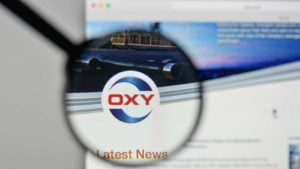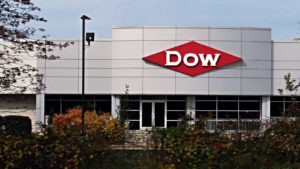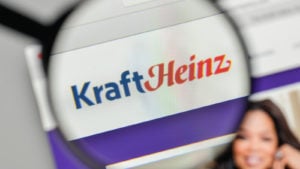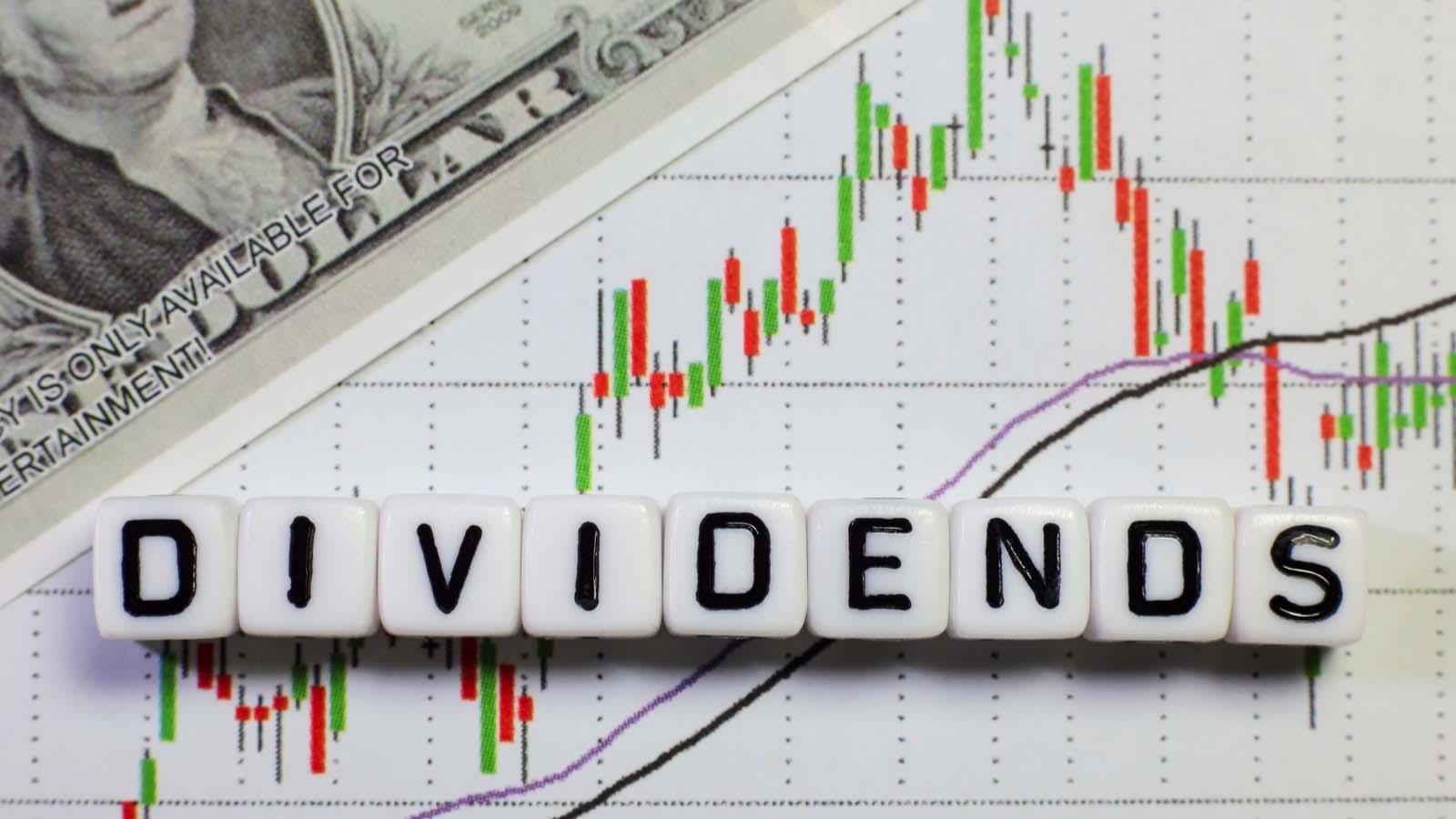Back in the late 1990s when the dotcom boom was in full bull mode, a common refrain among brokers asserted “growth is the new income.”
These days, you could say that income is the new income. People are looking for growth and income for either some security over the long term — rather than pure growth stocks — or, they’re looking to move some cash out of bank accounts and CDs that barely have yields at this point.
Either way, there are some solid dividend paying stocks out there; I’m finding plenty of exciting contenders for my Growth Investor Buy List. But these are not those stocks.
These are stocks that face significant fights to stay afloat in some cases and to save their dividends in others. The outbreak of novel coronavirus has many companies stuck between their shareholders and a hard place.
“Research shows that dividend cuts are associated with significant share price declines on announcement,” Cornell University Professor of Finance and Harold Bierman Jr. Distinguished Professor of Management Andrew Karolyi told InvestorPlace in an email. “Since dividends provide important signals about future earnings prospects (cuts imply uncertainty), they are often delayed, and are interpreted as a last resort action.”
Dean Karolyi went on to say that the sectors most likely to see dividend cuts are those that have high yields and relatively high fractions of dividend-payers, compounded with “uncertainty about future earnings during the COVID crisis.”
With that in mind, here are 7 dividend stocks that could be in danger:
- Occidental Petroleum (NYSE:OXY)
- Schlumberger (NYSE:SLB)
- Ventas (NYSE:VTR)
- Dow (NYSE:DOW)
- WP Carey (NYSE:WPC)
- Kraft Heinz (NYSE:KHC)
- VF Corp (NYSE:VFC)
With the market as volatile as it has been in recent months, it isn’t hard to imagine these stocks taking big hits in the near-future.
Dividend Stocks In the Danger Zone: Occidental Petroleum (OXY)

Occidental is an upstream and midstream energy player has been around since 1920.
Its upstream operations are exploration and production (E&P), which means looking for oil and then drilling for it. Its midstream operations are the pipelines that transport oil from where it was discovered.
The E&P sector has been hammered ever since Saudi Arabia decided to teach all the other oil producers a lesson. The weakening dollar has help prop up oil prices, as well as recent Saudi cuts in production.
But the aftereffects of global lock-downs and tens of millions unemployed in the U.S. means the economy isn’t going to miraculously rebound.
OXY already cut its dividend by 86% in March, so there’s not much left. And don’t count on the stock restoring it anytime soon, despite the fact OXY is up 58% in the past 3 months as oil prices have risen.
Even with that run, OXY is still off 62% in the past year. And the current selloff isn’t going to help.
Schlumberger (SLB)

Schlumberger is the gold standard in the oil field services sector. And aside from the Big Oil companies, it’s about as reliable as you can get in the energy market.
Over its nearly 100-year history, SLB has always found a way to survive. But the current challenge is unique in many ways, including a shift toward renewable energy sources.
That, coupled with the global recession, means the it’ll be tough going for energy producers and the companies that help them explore and produce oil from new and existing fields. In fact, with demand near zero for multiple months, production and inventories of oil have turned into an oversupply. If anything, at Growth Investor, I’m finding that energy storage is really the only way to go at this juncture.
U.S. shale companies still can’t produce profitably at current prices and when OPEC turns the taps back on, things could get worse instead of better in the oil patch.
SLB has a 2.6% dividend, and that will certainly be a place to look for resources as business continues to slow.
Ventas (VTR)

This real estate investment trust (REIT) is focused on property in the senior housing and healthcare sectors.
Generally, that’s a pretty good market, since demographics show that the U.S. population is graying, and further, that that population is in less than optimal health, with myriad chronic conditions.
But the pandemic has changed things, and this may be a very expensive sector to run moving forward. Given that many states’ biggest outbreaks occurred in senior housing facilities, there is likely to be greatly increased state and federal oversight on standards. And that will mean pressure on margins.
Since VTR is a triple net lease REIT (meaning it doesn’t pay for construction, taxes or maintenance on its facilities) it doesn’t have to deal with those issues directly. But its customers will.
With a generous 8.1% dividend and the stock off 32% year to date, that dividend may not last much longer. And once it’s cut, the blood is in the water.
Dow (DOW)

123-year-old Dow Chemical has seen a lot changes over its life. Its first commercial product was bleach, which founder H.H. Dow discovered when he realized he could use an electric current to separate bromides from brine.
Now DOW is a massive chemical and materials sciences company that makes everything from coatings to performance materials.
But in a slow economy, there’s significantly lower demand for these workhorse chemicals, let alone the performance ones. This puts pressure on the entire business.
Plus, getting people back to work in big production plants and labs isn’t cheap, and those costs have to weighed against maintaining the staff after federal monies run out.
DOW is off 25% year to date while its dividend has risen to a heady 6.7%. That may not be sustainable much longer. I’ve got much better dividend growth alternatives for you now.
WP Carey (WPC)

REIT WP Carey has been a rock-solid investment for a long time. It has two divisions. One owns and operates its real estate investment business, which has properties in major cities in the U.S. and Europe.
The other division is the investment management part of the operation, which sets up the lease-back and leasing deals for its properties with the organizations the rent its properties.
The challenge with that business model now is, many major cities went through significant lockdowns, especially in Europe. But even domestically, many companies now see their office spaces as potential liabilities.
Workers coming back to the office and potentially getting Covid-19 is a huge risk. Many will avoid returning until the pandemic is better controlled, and jobs that don’t necessitate physical presence in the office will likely stay out of the office even after we get back to a sense of normalcy.
All these factors may affect WPC’s ability to maintain its portfolio, forget about growth. And if a significant recession does hit after all the Fed’s ammo is used up, it will only exacerbate the situation.
With a 6.4% dividend, some of that may be on the chopping block if the good times stop rolling.
Kraft Heinz (KHC)

In 2015, this duo of comfort food titans merged in hopes that the brands could save each other from drowning in a new world of consumer desires.
There’s no doubt their mac and cheese and ketchup brands are still the go-to for classic American dining and condiments. But that world is also shifting tastes.
Salsa sells more than ketchup these days. And there’s no reason to brag if you’re the No. 1 buggy whip company in 2020. And trying to make ketchup cool again is a tough sell. As is selling artificially flavored and colored, chemical-enhanced foods that were so cool and convenient when they launched.
Now it’s about simple, natural ingredients. And making meals, especially in recent months, has shifted back to taking the time to make things from scratch, rather than 5 minute, one-pot foods.
There are certainly some solid brands in KHC, but it’s going to take some work to revitalize the company. And now is a tough time to do it.
It’s not that I’m against consumer staples stocks in all cases; while they’re not my go-to for Growth Investor, I am willing to recommend select few that best fit the current climate. But KHC is not one of them. At the end of the day, it may have to cut its 5% dividend to give it some breathing room for long-term change.
VF Corp (VFC)

This company is behind some big name brands across the consumer sector — Timberlands, Vans, The North Face, Walls, Jansport, etc.
While many of its brands are very visible and popular within their market segments, the trouble isn’t the brands, but the consumers.
Before the pandemic, U.S. consumer spending constituted a massive 70% of the economy. Now there are nearly 40 million people out of work. And while the unemployment claims are slowing, the number of job losses are massive.
Plus, companies are now beginning to lay off workers as they struggle to survive. That only adds to the challenge.
Many studies have shown that consumers have been pulling back their spending in anticipation of harder times ahead. That means less income going towards premium brands and growing wardrobes. And back to school shopping won’t be its usual spending spree.
VFC is off nearly 40% year to date, and if things get worse, its 3.1% dividend will be tough to keep.
What you’re looking for instead is: A) a strong business model and B) positive momentum. Yes, both things are currently present, even in this economy, for more companies than you’d think!
Currently, my Portfolio Grader I used to find Growth Investor stocks is picking up plenty of buys in all kinds of sectors. One that I’m particularly excited about now is helping enable a major upgrade across the telecom industry, across the world.
The 5G Buildout Is an Incredible Opportunity for Investors Right Now
Within two years, most cell phones will be 5G enabled and be able to wirelessly handle television streaming. With 5G, we’ll have cable modem speeds on any device; no need to plug in. That’s a big deal for rural areas … the very same areas that are also key to President Donald Trump’s reelection. So, by pushing 5G over the goal line, Trump will deliver a big win for his base — and strike a blow against Chinese rivals like Huawei Technologies.
But big picture, 5G is about much more than trade wars and faster downloads. Because 5G is 100 times faster than 4G, it’ll allow your wireless internet devices to work in real time. That advancement is a game changer for tech companies.
With the 5G infrastructure market set to grow at an annual rate of 67% over the next 10 years, the entire market will go from $780 million to nearly $48 billion. This buildout is where I see opportunity with 5G stocks now.
Cable companies can do their best to fight back with fiber optics … but they can’t compete with the convenience of a smartphone, once it’s got ultra-fast 5G. That’s how my 5G infrastructure play will capture more market share from the broadband cable companies.
The stock I’m targeting is enjoying an influx of big money on Wall Street, and it has good fundamentals, too — making it a “Strong Buy” in my Portfolio Grader system now.
When you do, you’ll see how to claim a free copy of my investment report, The King of 5G “Turbo Button” Technology, which has full details on this company — and what makes it such a great buy now.
Louis Navellier had an unconventional start, as a grad student who accidentally built a market-beating stock system — with returns rivaling even Warren Buffett. In his latest feat, Louis discovered the “Master Key” to profiting from the biggest tech revolution of this (or any) generation. Louis Navellier may hold some of the aforementioned securities in one or more of his newsletters.
